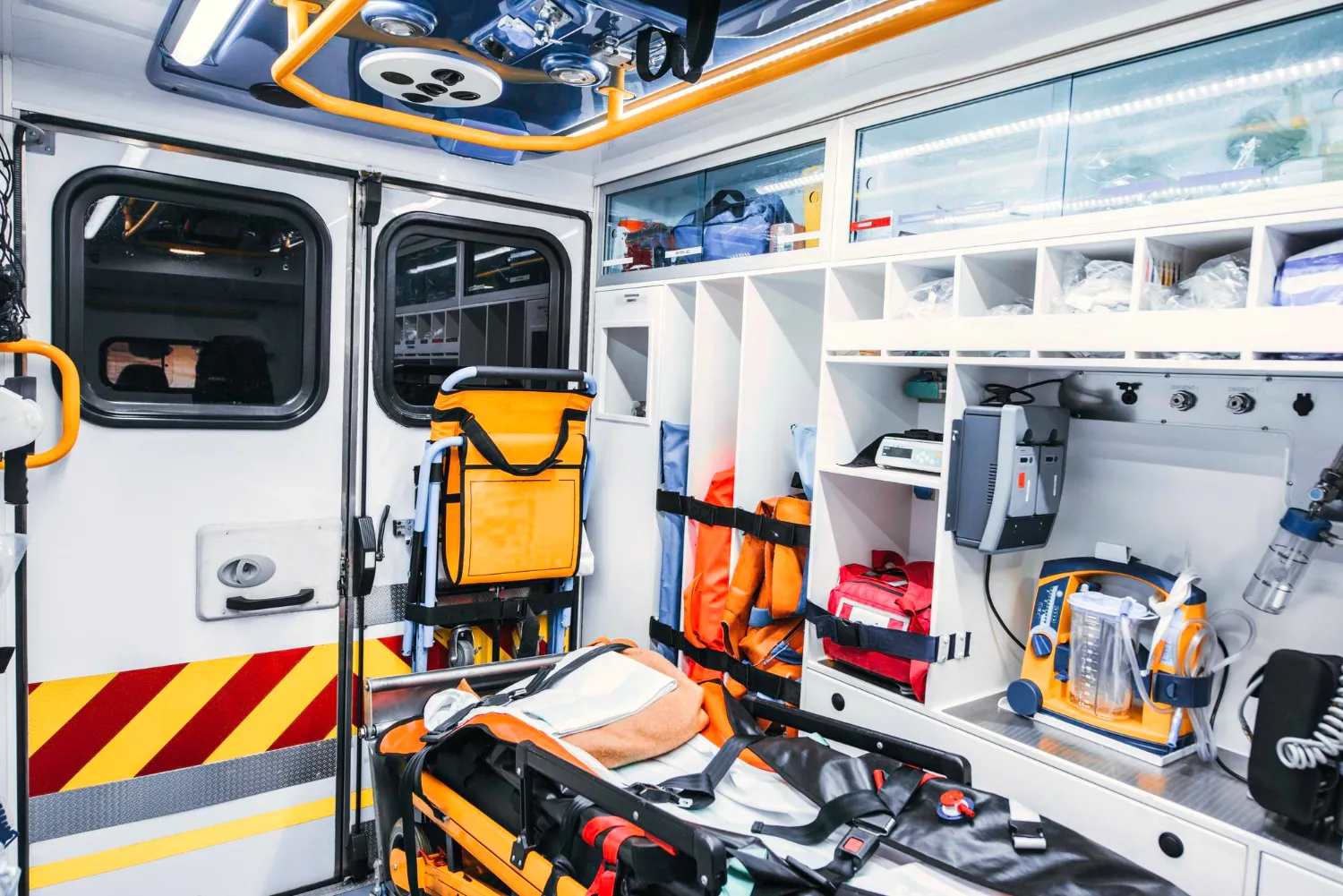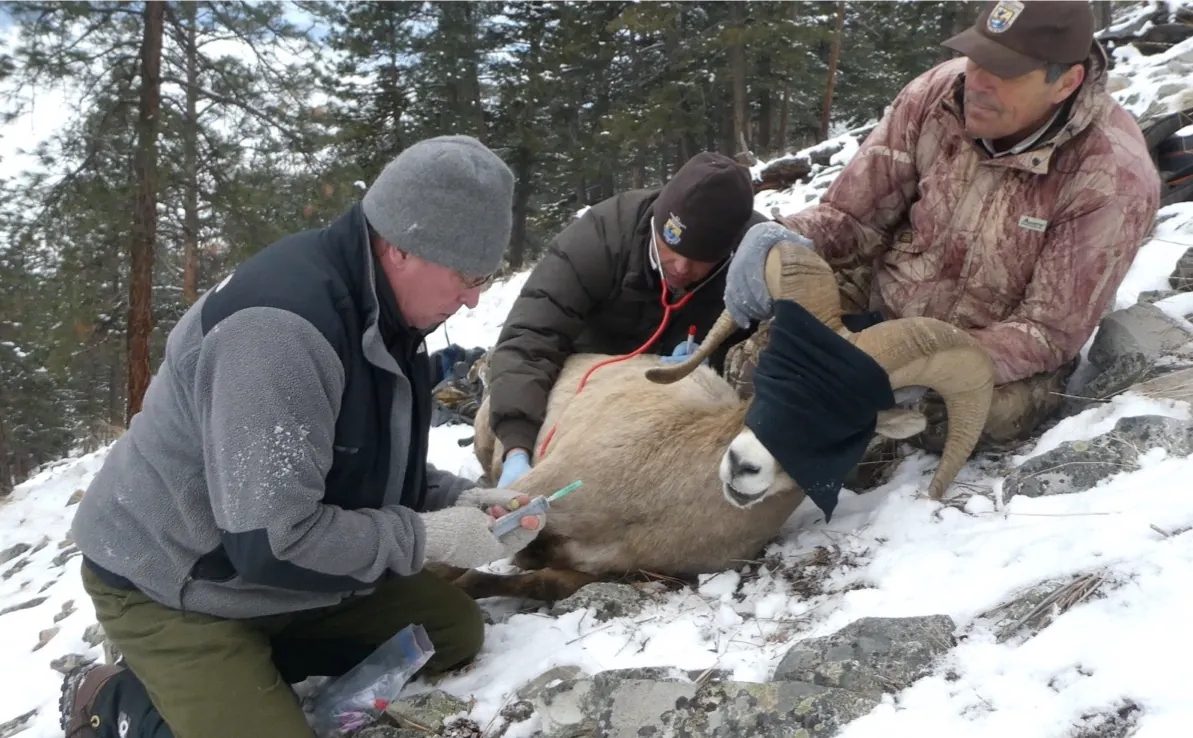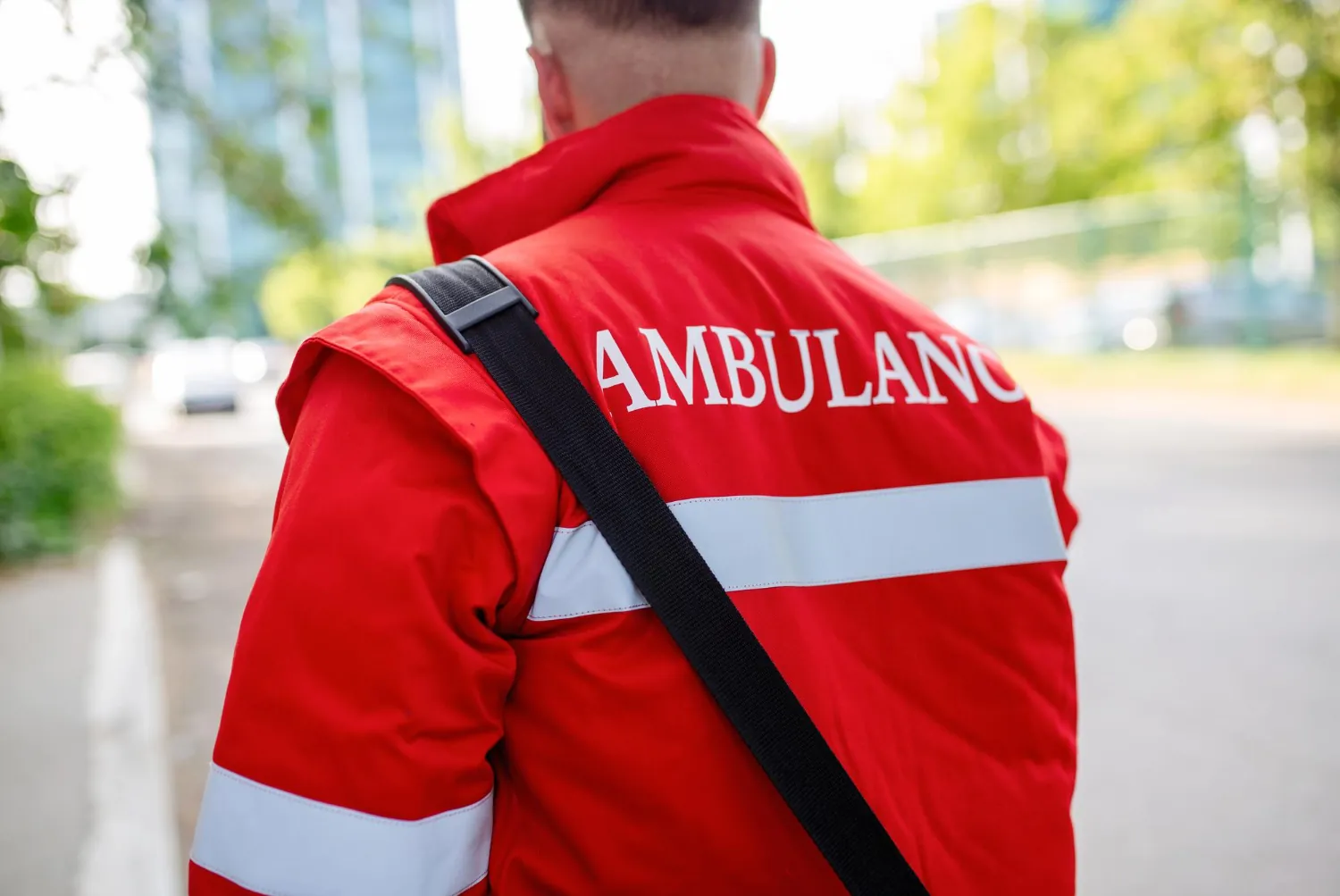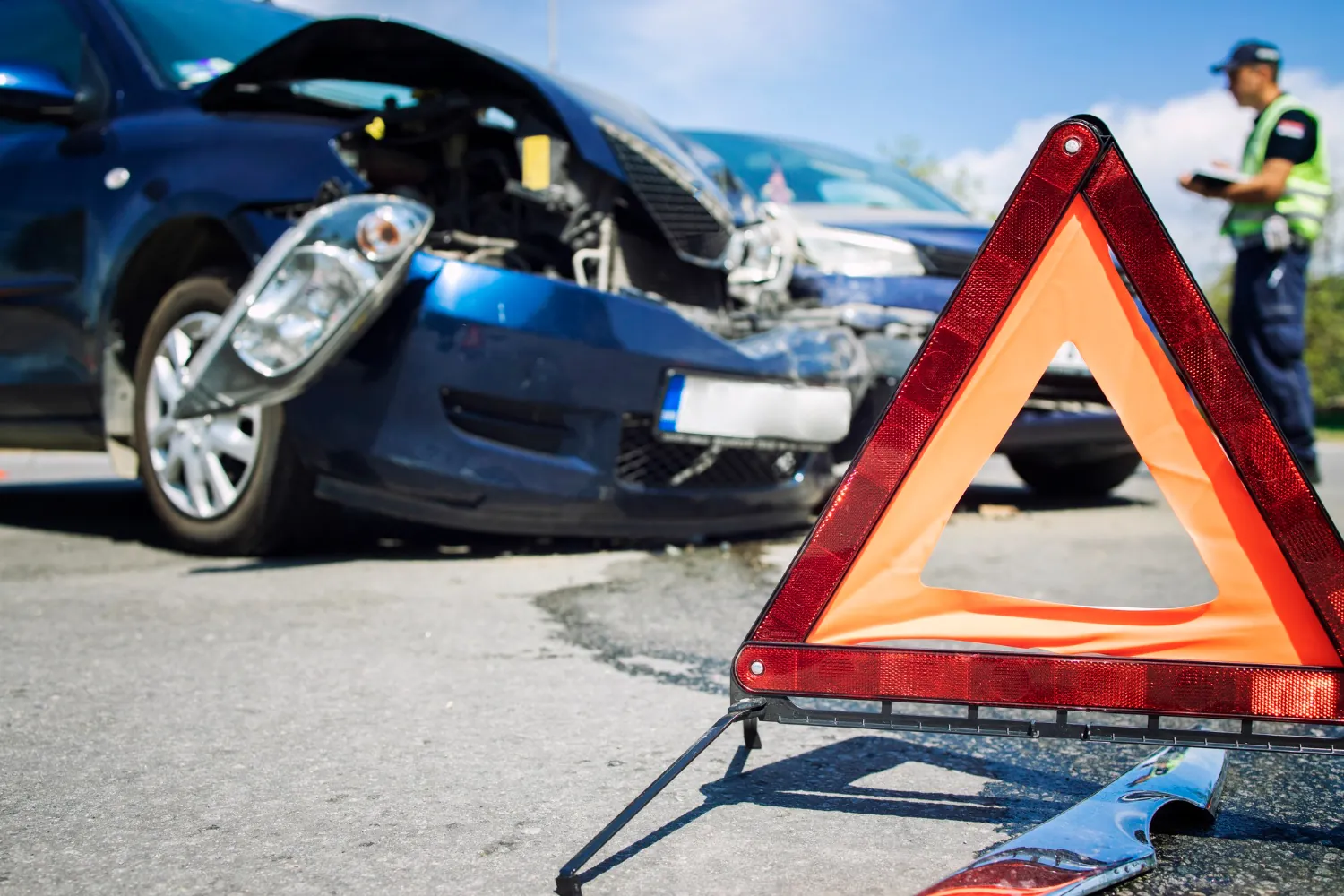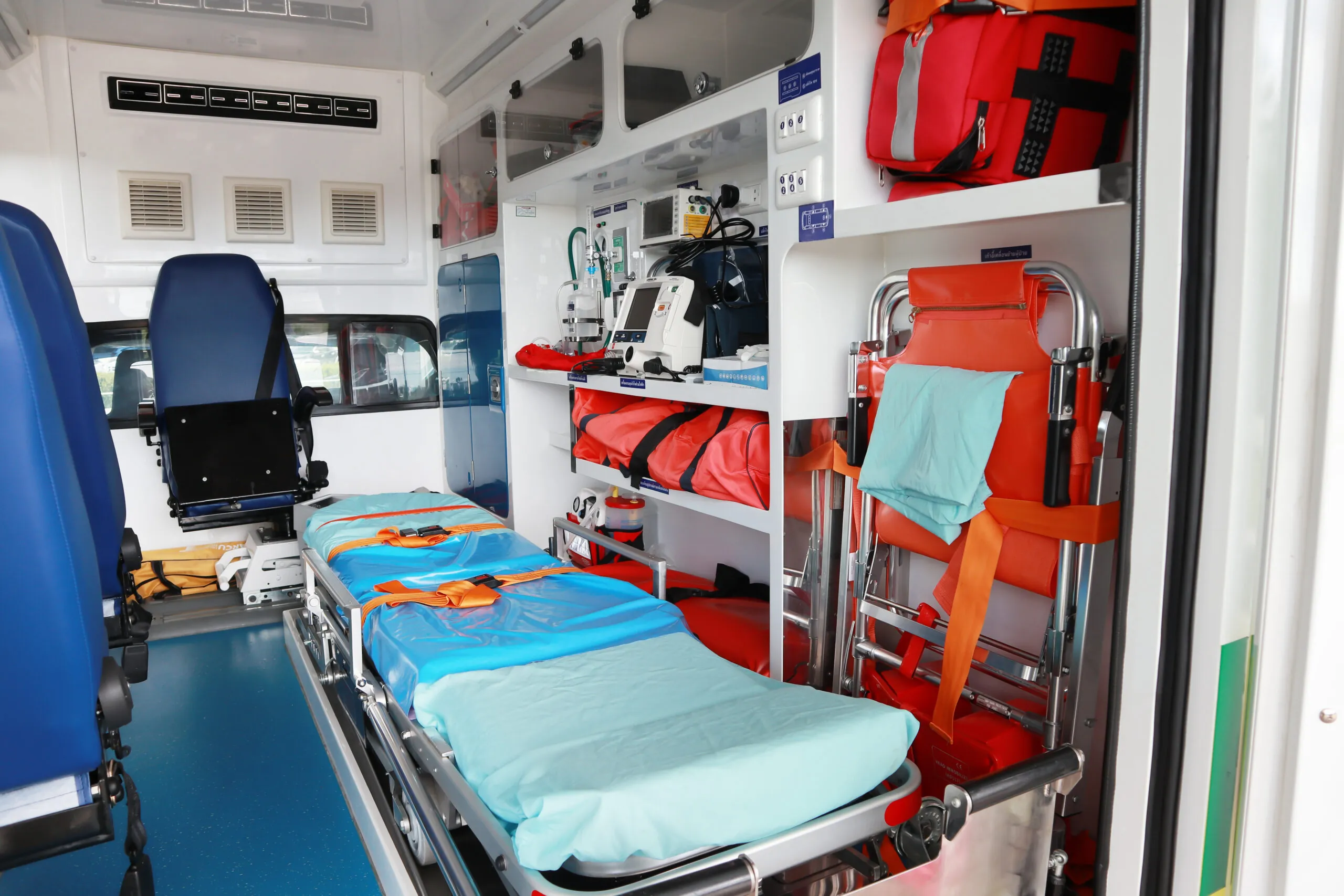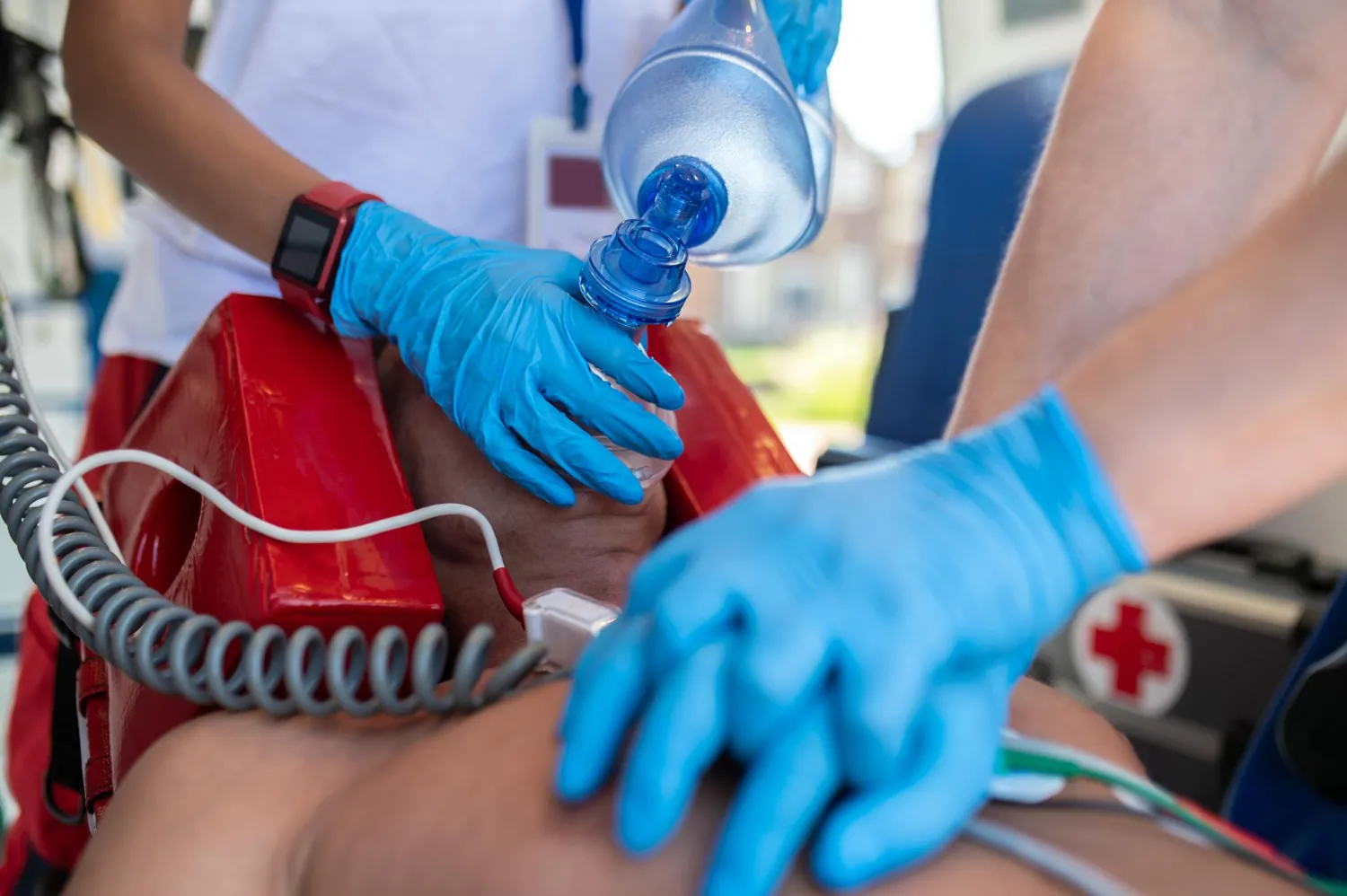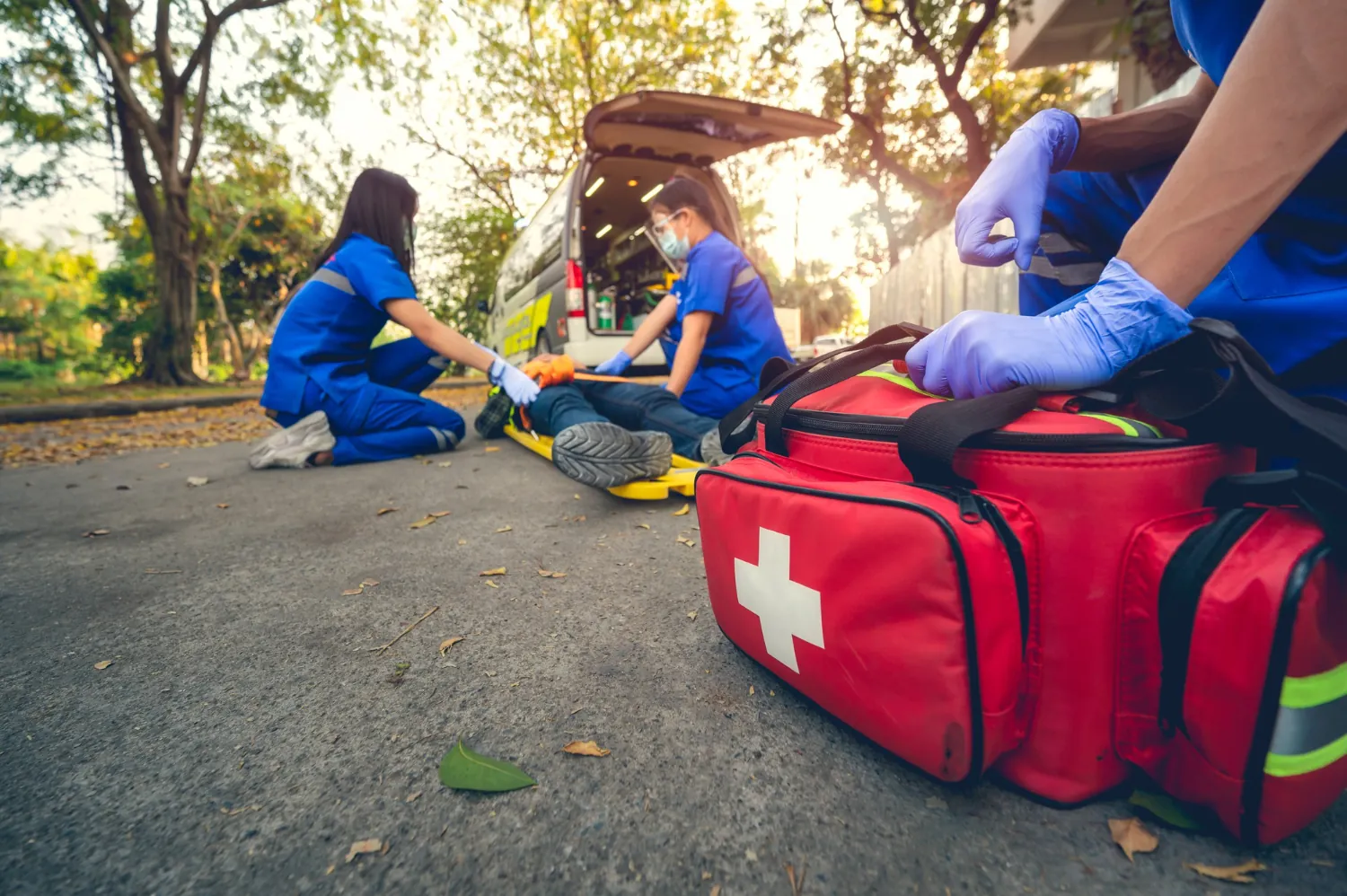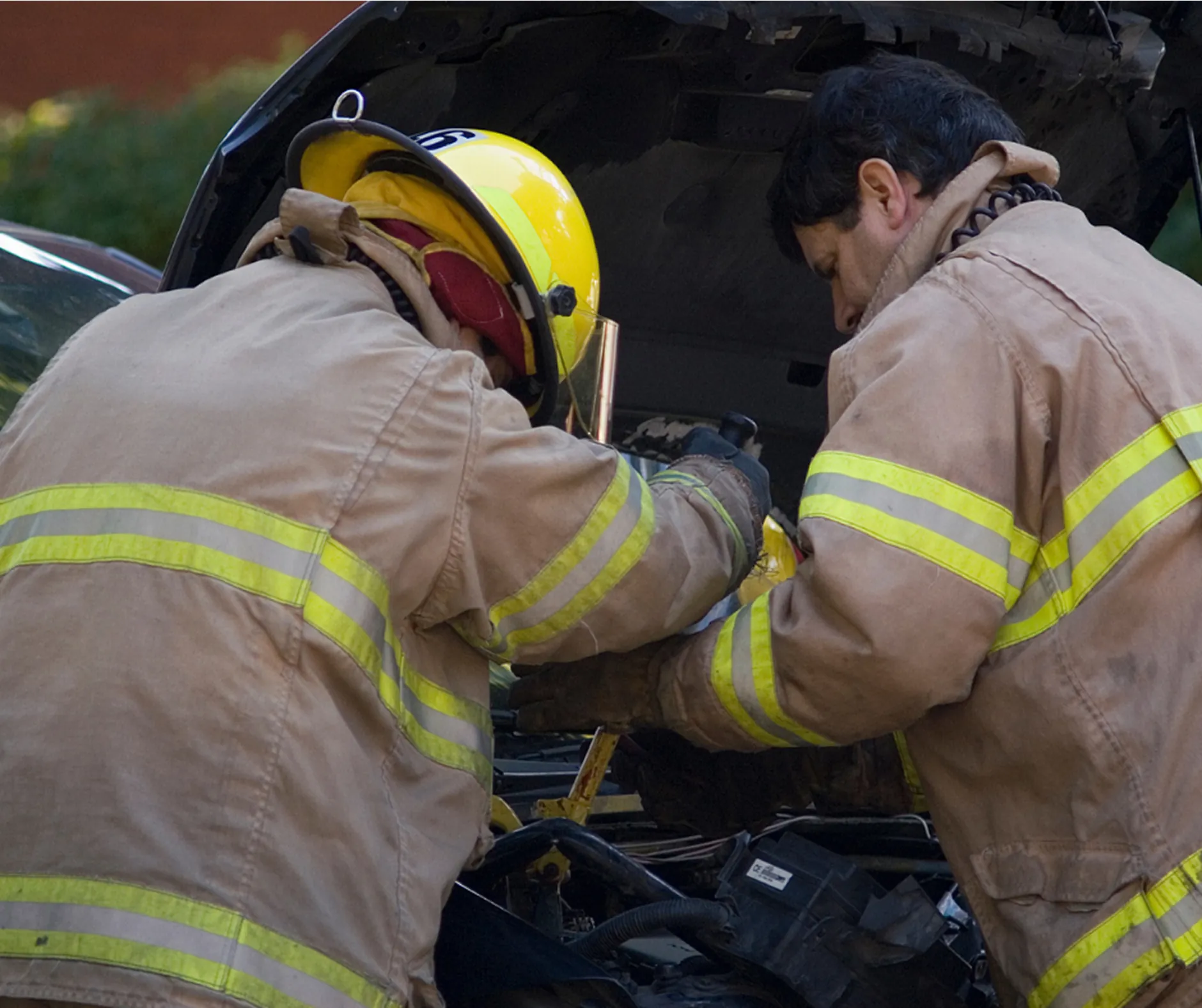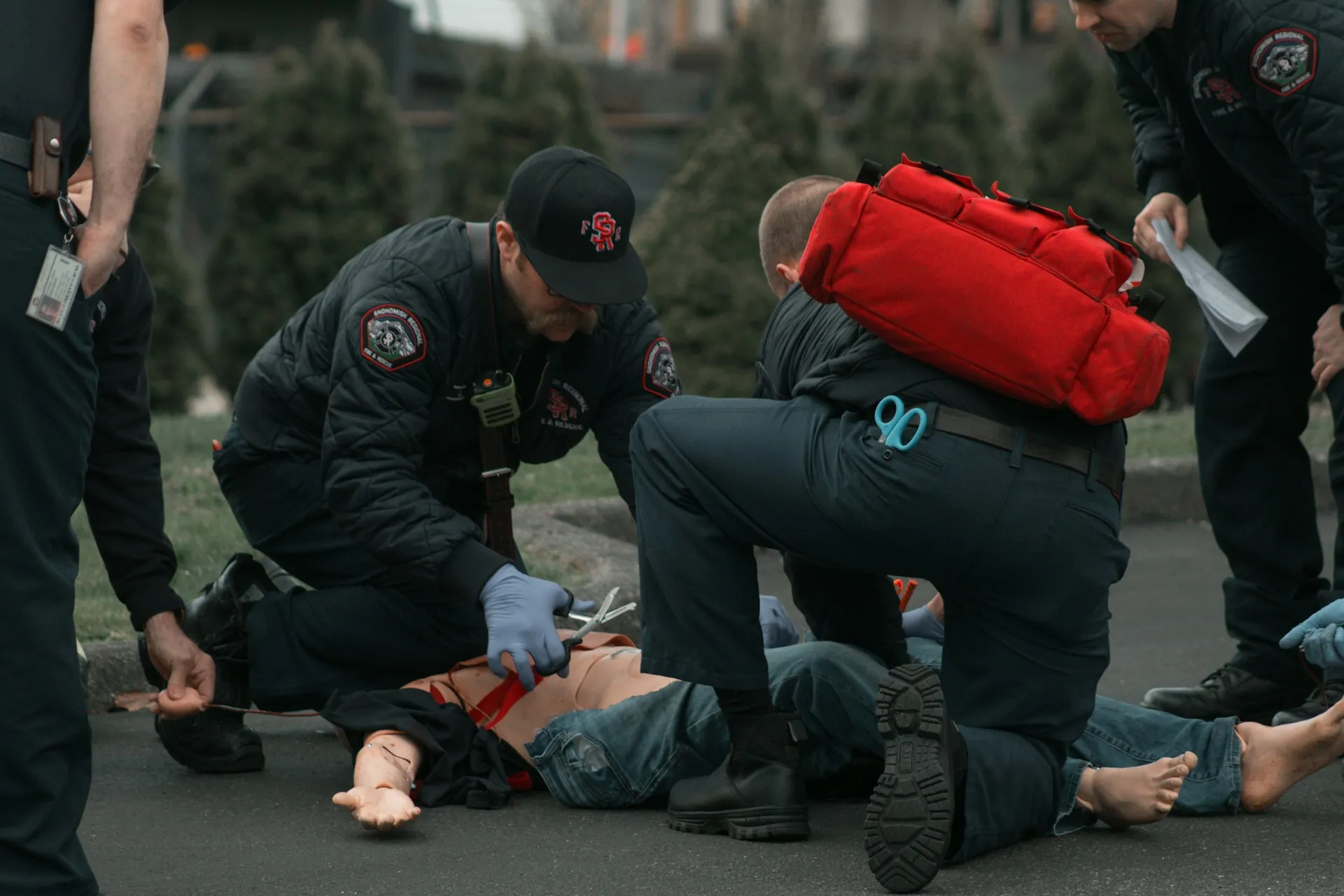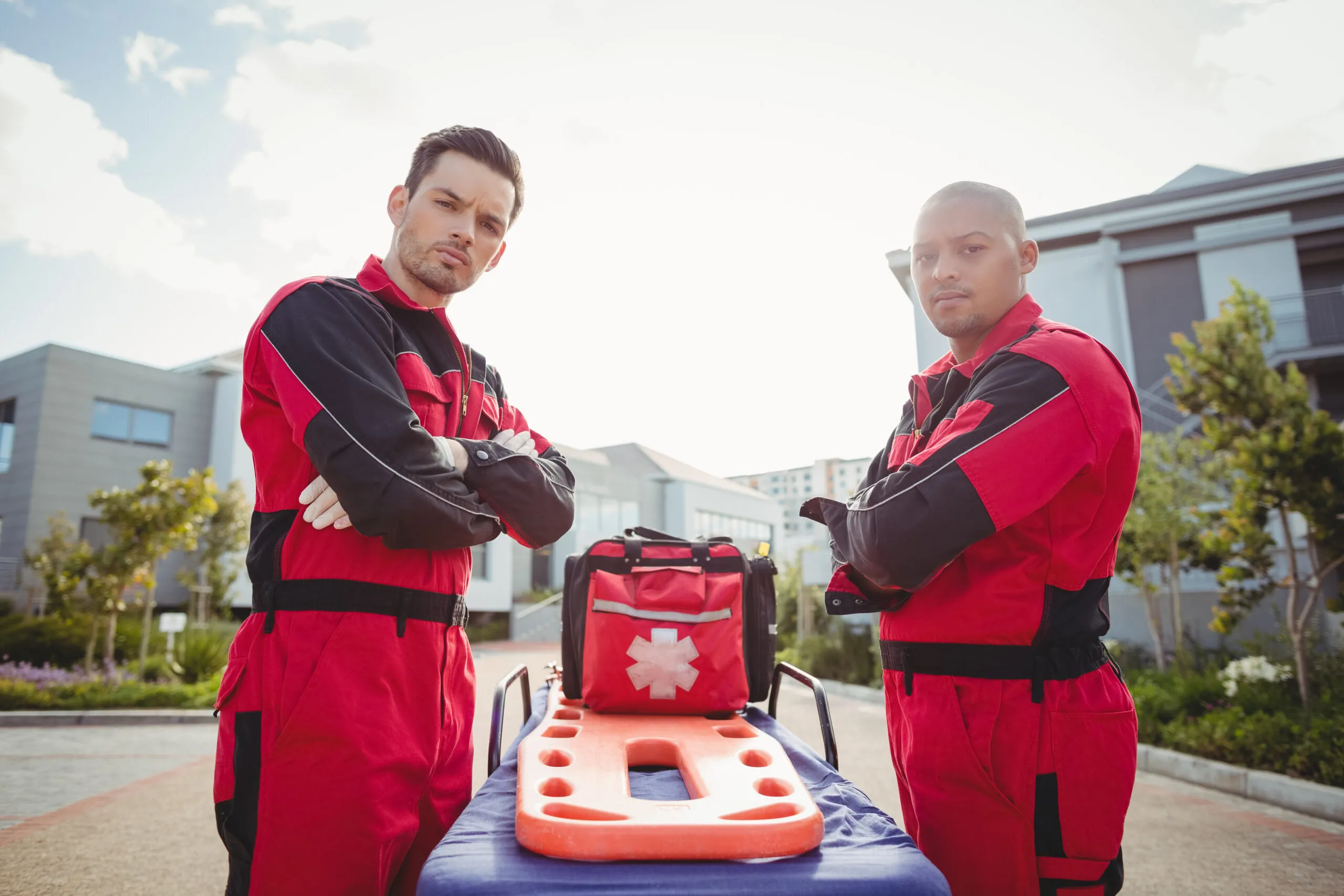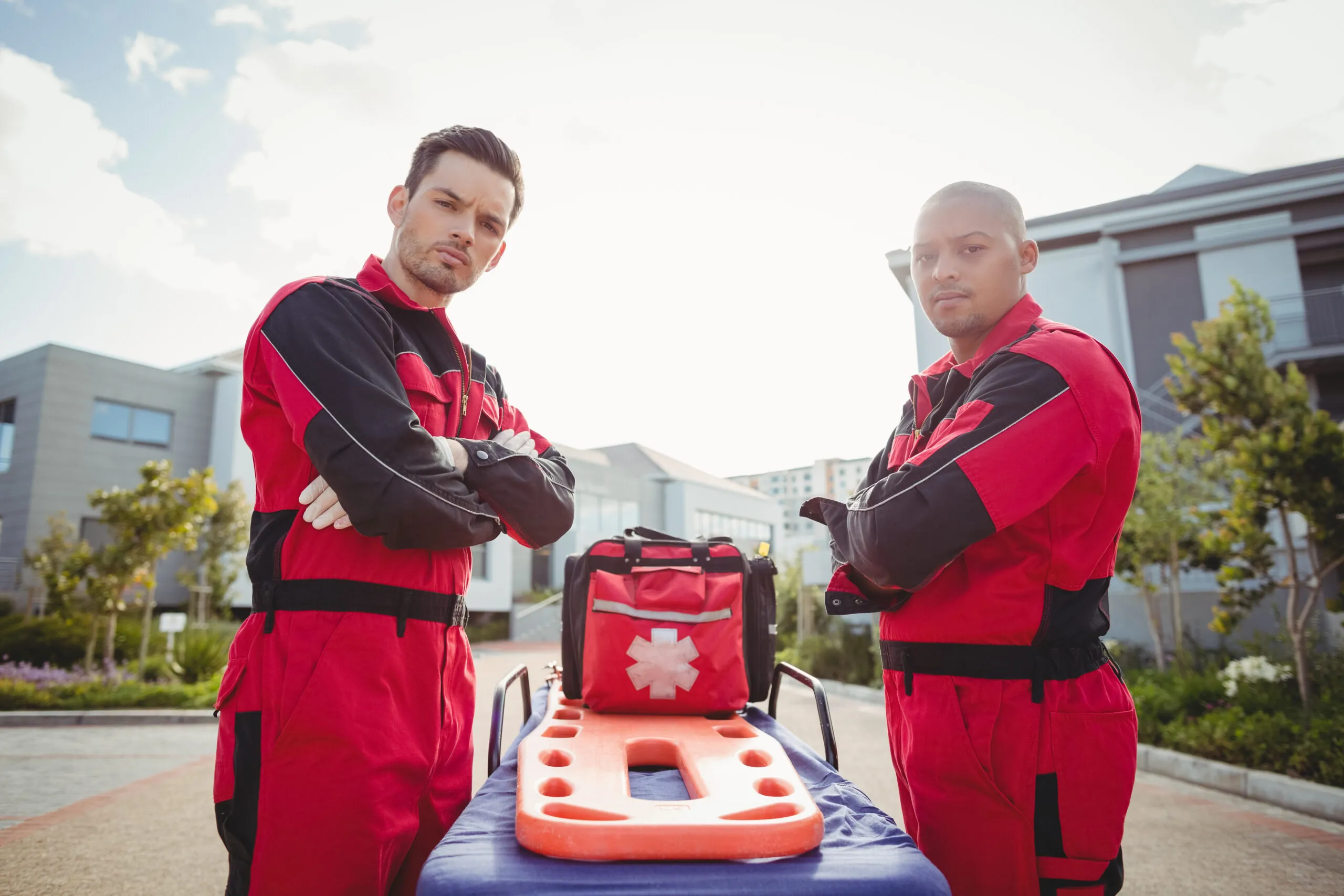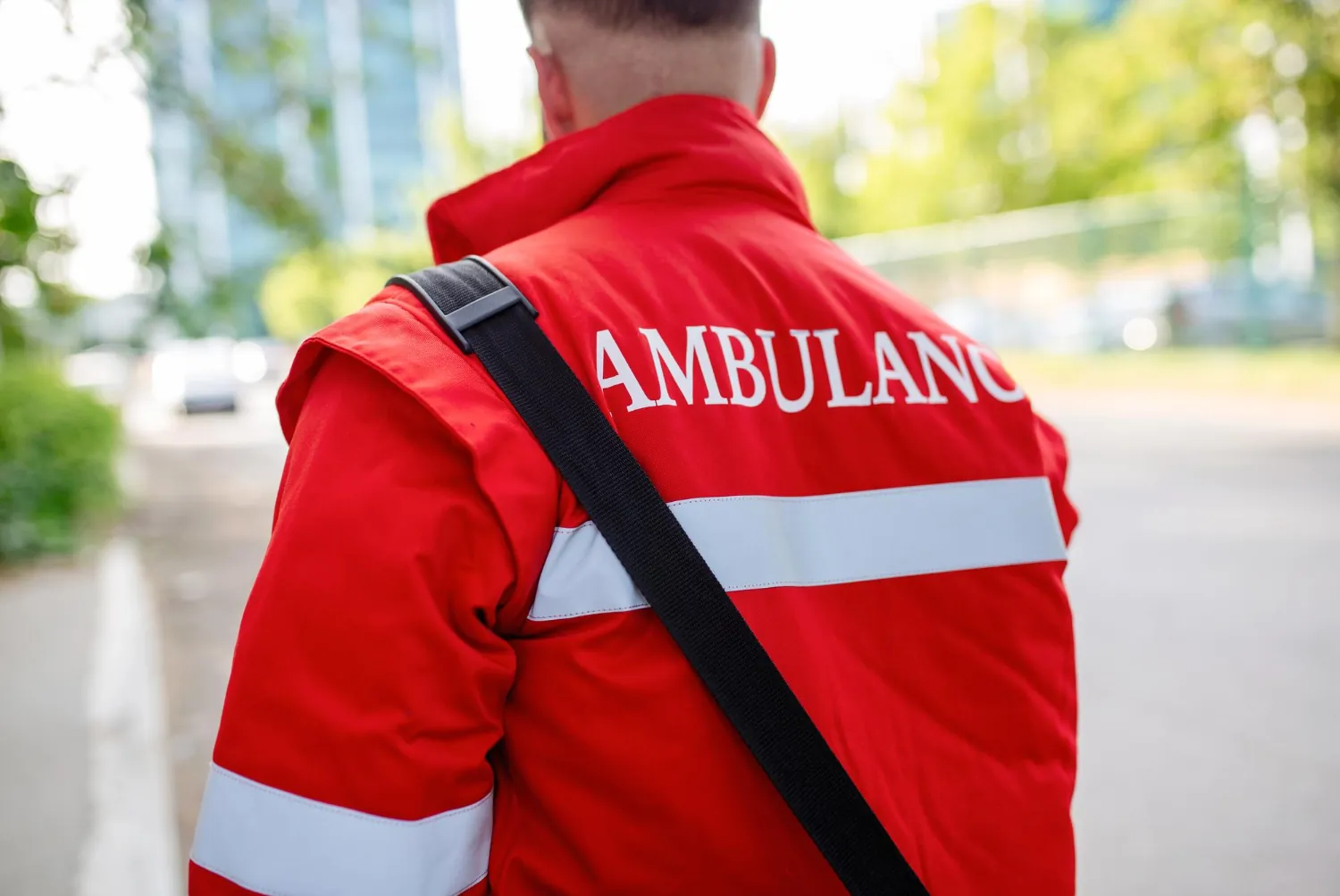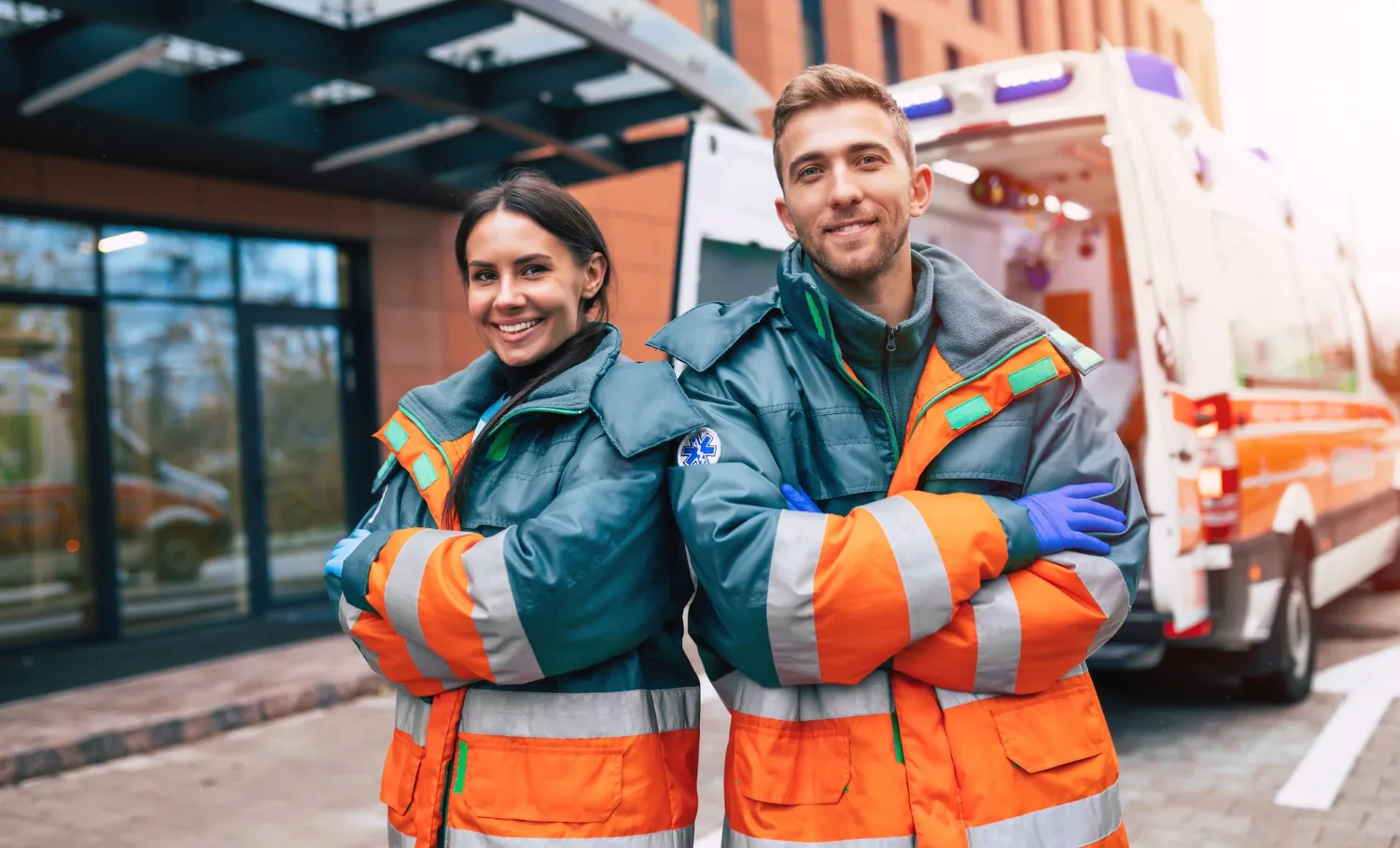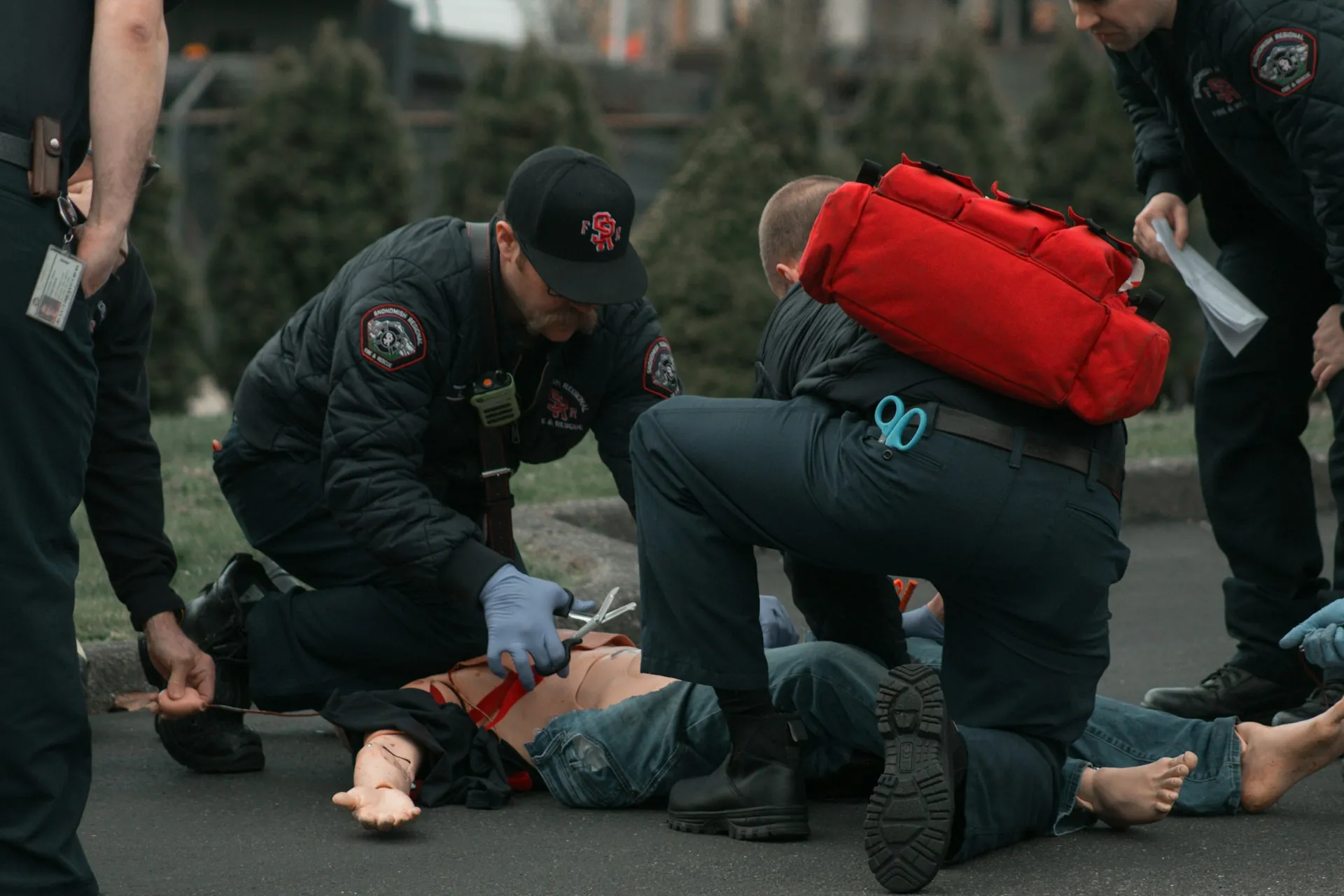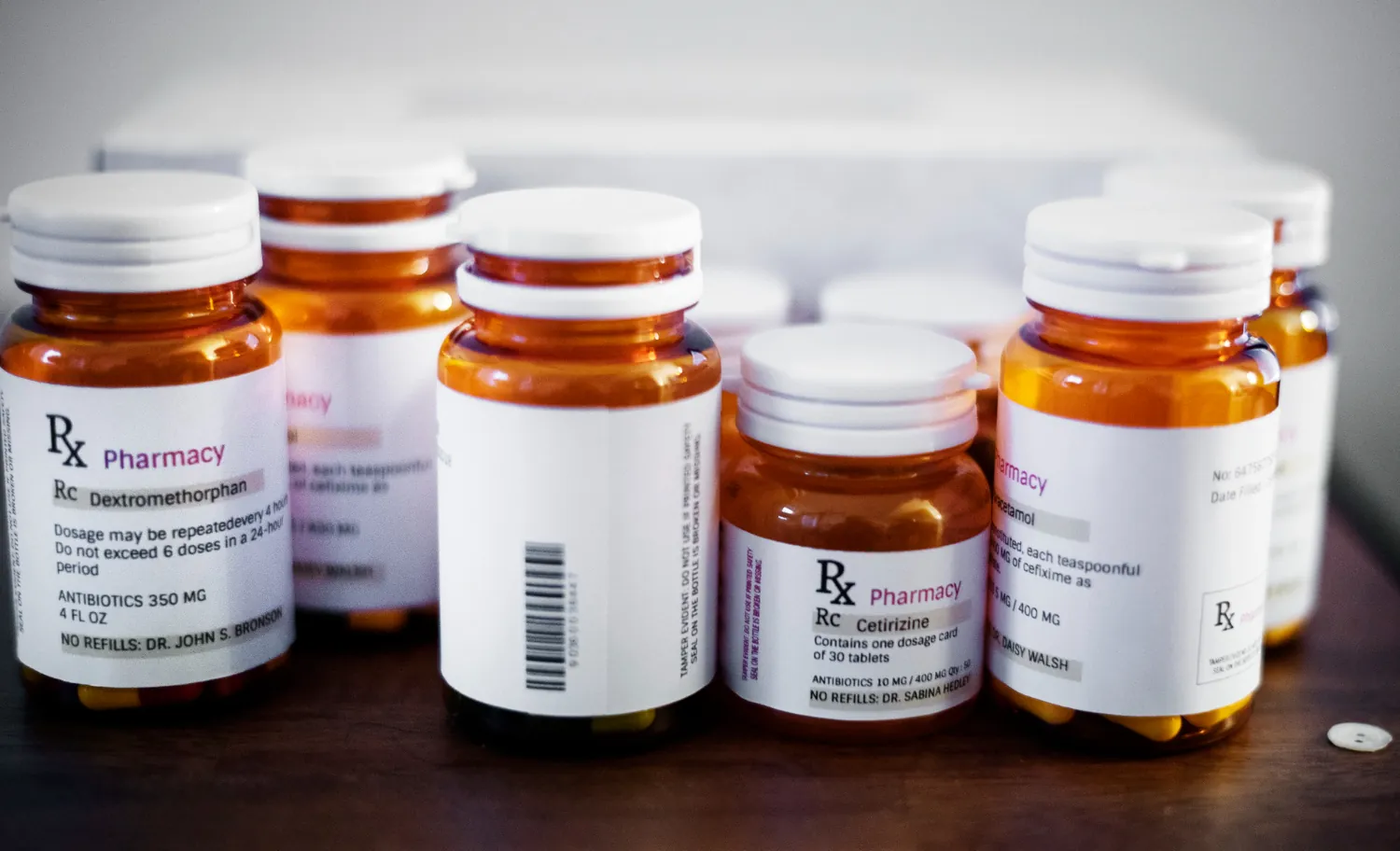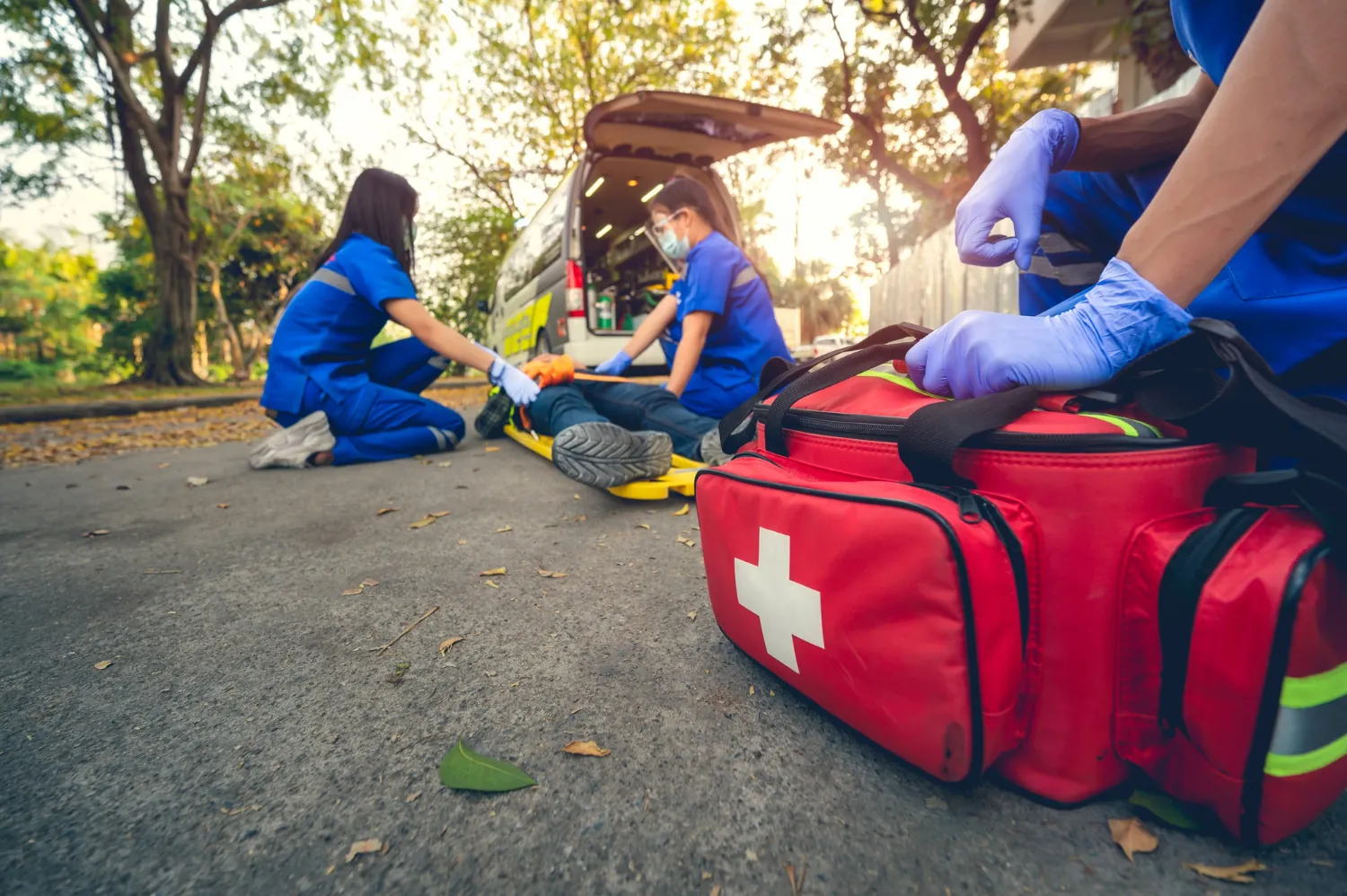Xylazine Misuse and DEA Compliance: How Agencies Can Stay Ahead of the Threat
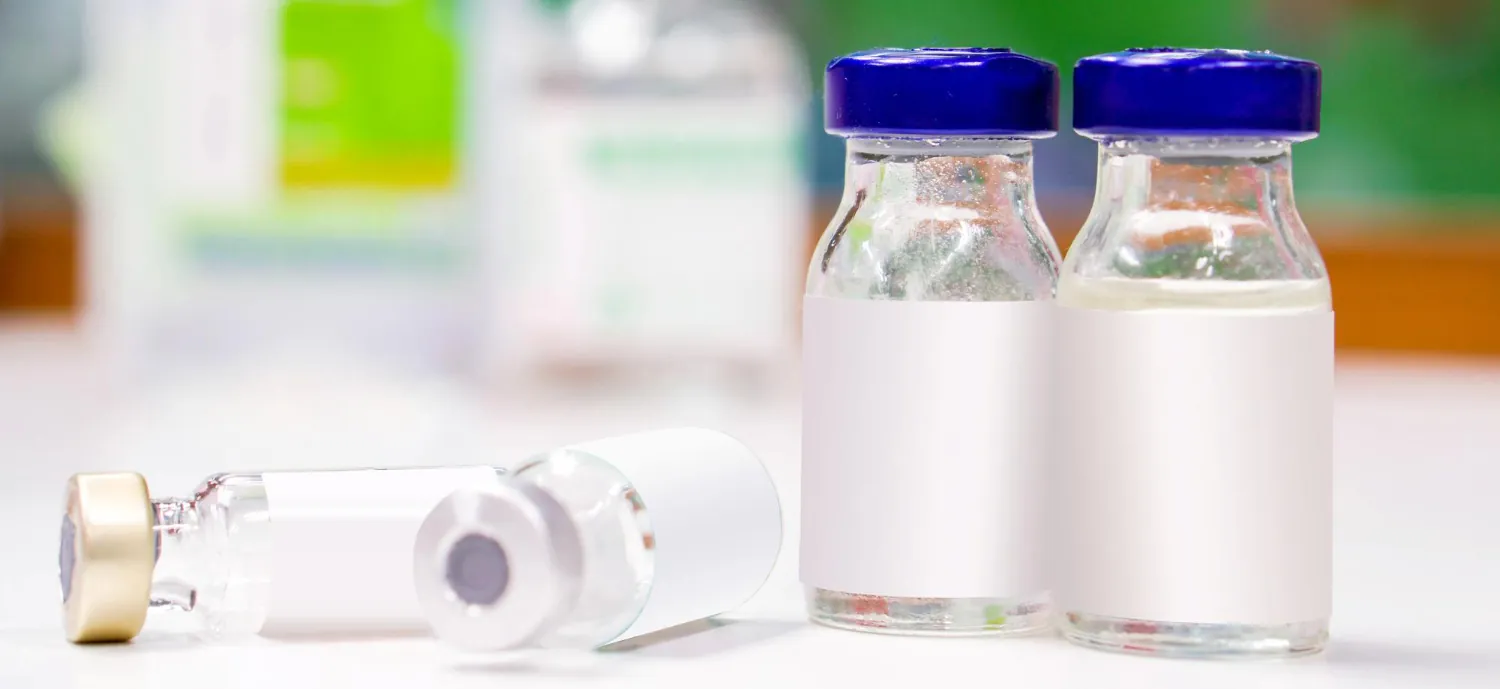
Whether you've heard much about Xylazine yet, chances are you will in the future. Use and misuse of the drug, also known as tranq dope, is continuing to evolve in dangerous new directions.
In 2018, there were only 102 overdose deaths in the United States that tested positive for Xylazine. By 2021, the number of Xylazine overdose incidents had surged to 3,468. In Maryland alone, Xylazine was detected in 20.6% of fentanyl overdose deaths between 2020–2023 (1,798 of 8,721). While national numbers haven't been fully released since 2021 (3,468 fatal overdoses), state data indicate that the threat continues to grow rapidly. Here's what first responders and their agencies should know in order to stay ahead of the danger.
What Is Xylazine and Why Is It Dangerous?
Xylazine is a non-opioid sedative and muscle relaxant that's FDA-approved for veterinary and wildlife use (no approved human use). In this capacity, it does its job well and is valued for allowing veterinary and wildlife control teams to sedate large and/or agitated animals safely. On the street, however, Xylazine is a very different story.
Illicitly, Xylazine is typically found alongside fentanyl. It’s often mixed to intensify and prolong the effects. Traffickers on the illicit drug market may also use the veterinary tranquilizer to cut fentanyl and increase the street value of their product. The resulting product is a cocktail that’s highly unpredictable, resistant to overdose reversal, and more likely to be fatal.
So, how prevalent is Xylazine misuse? According to DEA reports, in 2023, 30% of the fentanyl powder seized by the DEA contained Xyalazine, a 5% increase from the previous year.
Xylazine exposure causes profound sedative effects with respiratory depression and severe hypotension (low blood pressure and heart rate). Xylazine use may cause people to experience blackouts, slowed breathing, and, in many cases, form skin lesions that turn into necrotic wounds that don't heal. This has earned the drug, commonly known as Tranq, the grisly nickname "zombie drug."
One of the biggest challenges to Xylazine misuse lies in the fact that it’s not an opioid. So, Naloxone (the go-to solution for fentanyl overdoses) doesn’t reverse the effects of Xylazine. Many first responders discover that standard overdose intervention practices for illicit drugs don’t work with Xylazine, and there's a higher risk of Xylazine-involved overdose deaths because amounts can vary so widely.
The growing ubiquity of Xylazine in illegal drug markets has greatly complicated overdose treatment protocols all over the country. In cities like Philadelphia, where Xylazine-laced fentanyl is increasingly common, the risk of overdose is on the rise. Harm reduction workers are scrambling to adjust to the new landscape.
For emergency responders, law enforcement, and supply chain managers, the implications are clear: we’re facing a new type of drug crisis. How do teams protect themselves and their communities from the emerging drug threat of Xylazine misuse?
One way to help is to employ digital narcotics tracking solutions like LogRx. Tracking all drugs helps ensure that you always have a handle on inventory. This helps prevent diversion and keeps dangerous veterinary and wildlife medications off the street for recreational drug use.
The Compliance and Tracking Challenge
Xylazine isn’t currently classified as a federally controlled substance, but that is likely to change soon as misuse of Xylazine expands. It's just a matter of time before officials crack down on the potent substance and it becomes a controlled wildlife pharmaceutical at the federal level.
This raises an important question for agencies that handle Xylazine, whether in animal control, veterinary medicine, or EMS settings. How do we prepare for regulations that have not happened yet?
The DEA, along with state oversight bodies, is paying close attention to the growing misuse of this drug. Even if Xylazine isn't officially scheduled, unusual purchasing patterns, poor record keeping, and missing inventory can lead to audits and investigations.
Building airtight procedures and protocols is a must to protect your agency from liability now and in the future. Areas that require particularly close attention include:
• Purchasing controls
• Secure storage
• Usage documentation
• Disposal logging
The veterinary sedative abuse isn't only a public health issue; it's also a compliance concern. Should an organization or agency come into question, the burden will fall on them to show how they've taken appropriate measures against misuse and diversion. If you wait until the DEA formally schedules Xylazine, you may find yourself playing catch-up.
How LogRx Can Help
For agencies looking for a proactive solution, LogRx’s mobile-first platform is designed to help teams stay on track. Get all the documentation and tracking you need for controlled and high-risk substances before compliance becomes mandatory.
LogRx allows agencies—first responders, law enforcement, healthcare professionals, veterinary practices, and wildlife control teams to:
• Track drug usage in real-time.
• Keep detailed, auditable logs (no paper tracking)!
• Record inventory details, including storage, administration, and disposal.
• Generate administrative reports that meet DEA and state standards for compliance.
LogRx was developed by industry professionals who understand the workflow and challenges first responders face. When you're in an emergency, you need compliance that's convenient, straightforward, and fast. LogRx offers an intuitive interface that is ideal for use in the field.
LogRx is already the go-to solution for EMS agencies that face regulatory scrutiny. It helps teams stay ahead of DEA requirements and expectations. Implementation is simple, and there's no hardware or special tools needed. It works seamlessly from your teams’ handheld devices.
LogRx implementation is simple, and we offer plenty of support to help you get it right. The administrative portal allows you to access reports and monitor inventory use easily. It's like having an additional team member.
The rise of Xylazine in the fentanyl supply marks another dark turn in the opioid epidemic. But with the increasing risk also comes an opportunity for agencies—to get ahead of the next wave.
Before Xylazine is scheduled at the Federal level, it's triggering DEA alerts and increasing scrutiny on animal control and EMS teams alike. Responsible tracking, documentation, and prevention efforts aren’t just a legal requirement—but a life-saving best practice. As public health experts continue to study fentanyl mixtures and Xylazine-involved overdoses, we're likely to move toward more regulation.
LogRx can help you implement smart, scalable tracking now so you don't have to scramble later. From secure storage logs to real-time administration tracking, LogRx gives you the tools to stay compliant, prevent diversion, and, ultimately, save lives.
Contact us today to schedule a walk-through or learn more about how LogRx is helping teams nationwide confidently track substances like Xylazine.

